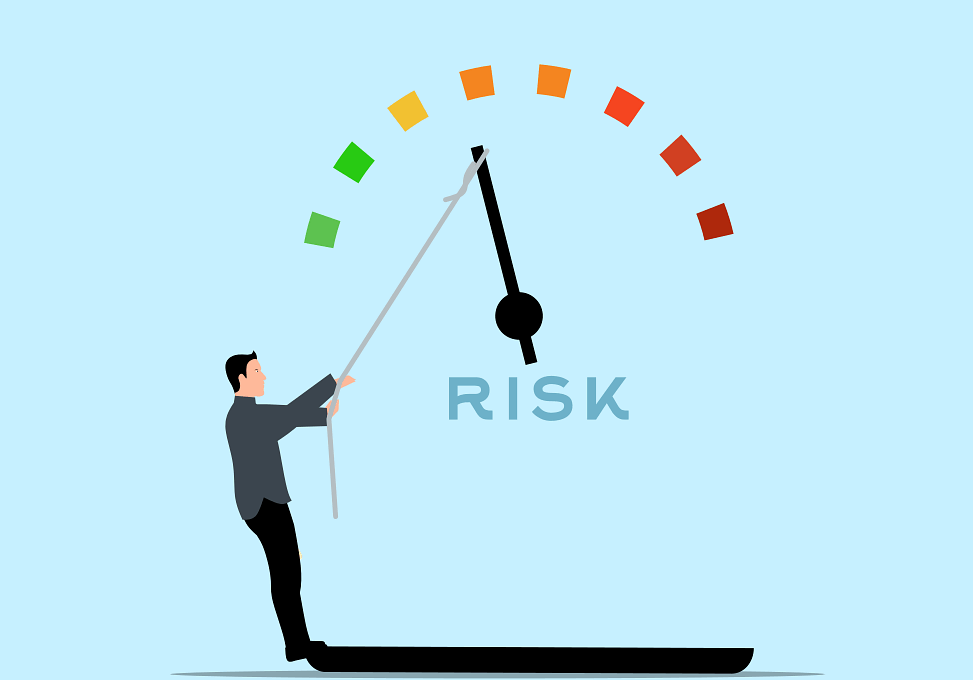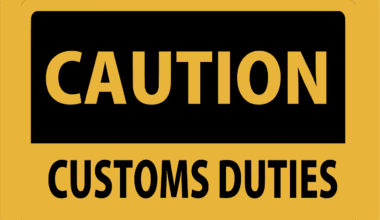The Role of Risk Management in Trade Compliance
In today’s rapidly evolving global market environment, trade compliance has emerged as a crucial aspect of international business operations. Organizations must navigate complex regulations and standards that govern cross-border transactions. The importance of risk management in trade compliance cannot be overstated. A well-structured risk management strategy helps businesses identify potential trade compliance risks, evaluate their impact, and implement measures to mitigate these risks effectively. By doing so, companies safeguard themselves against costly penalties while maintaining a competitive edge in the market. Moreover, effective risk management promotes organizational efficiency and enhances the overall integrity of trade operations. Companies should invest in robust training programs to ensure that employees are well-versed in risk management principles applicable to trade compliance. These programs should encompass regulatory updates, best practices, and risk assessment techniques to cultivate a culture of compliance across the organization. Ultimately, prioritizing risk management within trade compliance leads to greater resilience in the face of uncertainties, improving a company’s reputation and fostering trust among stakeholders. Thus, organizations committed to sustainable growth must incorporate risk management into their trade compliance strategies for long-term success.
Another critical aspect of integrating risk management into trade compliance is the continuous monitoring of regulatory changes. As international trade laws and regulations evolve, organizations must adapt quickly to ensure compliance. This requires a proactive approach to stay informed about changes affecting trade agreements, tariffs, and import/export controls. Additionally, businesses should utilize technology and analytics to track compliance trends and potential risks associated with their trade practices. By leveraging data analytics, companies can gain insights into emerging risks and make informed decisions that support compliance with trade regulations. Furthermore, establishing strong communication channels between stakeholders, including suppliers, customers, and regulatory agencies, ensures that all parties are informed about compliance obligations and potential threats. Risk management initiatives should also address the training of employees and stakeholders involved in trade-related activities. This aligns teams around compliance goals and encourages a culture of accountability. Overall, the interplay between risk management and trade compliance functions as a vital component of effective business strategy, enabling organizations to navigate the intricacies of international trade successfully.
Importance of Training in Risk Management
Training plays an essential role in equipping employees with the necessary skills and knowledge to address trade compliance risks effectively. By investing in comprehensive training programs, organizations can foster an environment where employees understand their responsibility in maintaining compliance and identifying potential risks early. Training should not be a one-off event; it must be an ongoing process that adapts to changes in regulations and internal policies. Incorporating real-world scenarios and case studies into training sessions can facilitate deeper learning and understanding of risk management principles. Additionally, organizations must ensure that training programs cater to different roles within the company, recognizing that responsibilities for compliance can vary widely. For instance, customs staff might require specific knowledge about tariff classifications, while procurement teams may need to focus on supplier due diligence. Engaging external experts for training sessions can provide valuable perspectives and insights into industry best practices. Ultimately, an effective training program helps build a culture of compliance, empowers employees to take ownership of their roles, and significantly reduces the risk of compliance failures that could lead to financial and reputational losses.
Another crucial element of risk management within trade compliance is the development of a risk assessment framework. This framework enables organizations to systematically identify, analyze, and prioritize trade compliance risks based on their potential impact and likelihood. To create a robust risk assessment process, businesses should begin by mapping out their supply chain and understanding the various compliance obligations they face at each stage. Engaging multiple stakeholders in this assessment process helps identify blind spots and gather diverse insights on potential risks. Organizations may then use qualitative and quantitative methods to evaluate risks and their impact on business operations. Subsequently, developing a risk matrix can aid in visualizing risks and prioritizing actions based on severity. By effectively assessing risks, organizations can implement tailored mitigation strategies to address specific challenges. This includes creating policies, leveraging technology, and ensuring that staff members are equipped with the necessary tools to manage risks effectively. Implementing a proactive risk assessment framework ultimately enables businesses to address compliance challenges swiftly and adapt to dynamic trade environments more efficiently.
Utilizing Technology for Trade Compliance
As technology continues to advance, it is transforming the landscape of trade compliance and risk management. Companies can utilize various technological solutions to streamline compliance processes and enhance their risk management efforts. For instance, enterprise resource planning (ERP) systems can integrate compliance data across different business functions, enabling real-time monitoring of trade activities. Additionally, automated compliance software can help organizations manage documentation, track compliance obligations, and generate reports, minimizing human error and reducing the administrative burden. Furthermore, artificial intelligence (AI) and machine learning algorithms can analyze vast amounts of data to detect potential compliance risks and flag irregularities in trade transactions. This allows organizations to respond quickly to emerging risks and maintain compliance standards consistently. Blockchain technology represents another innovative approach that could enhance transparency and traceability across the supply chain while mitigating compliance risks. By leveraging these technological advancements, organizations can improve their overall compliance posture, reduce operational risks, and ultimately achieve greater efficiency in their trade operations, positioning themselves to thrive in the highly competitive global market.
Effective communication and collaboration across teams are paramount in managing trade compliance risks. Organizations must establish clear lines of communication between different departments involved in international trade, including legal, finance, operations, and logistics. This encourages the sharing of critical compliance information and fosters a collaborative approach to risk management. For instance, when assessing trade risks associated with new suppliers or markets, input from legal and compliance teams can provide insights into potential regulatory concerns. Regular cross-team meetings can facilitate discussions on compliance updates, emerging risks, and industry best practices. Moreover, maintaining an open dialogue with external stakeholders, such as customs officials, trade associations, and industry peers, enhances organizations’ ability to stay informed about relevant compliance requirements. It also enables businesses to leverage information about compliance challenges others may face. Furthermore, organizations can create internal platforms, such as intranets or dedicated channels, for employees to access compliance resources and share insights. By promoting communication and collaboration, companies can build a unified approach to trade compliance, empowering their teams to work together effectively to mitigate compliance risks and drive organizational success.
Continuous Improvement and Adaptation
Continuous improvement is vital in trade compliance and risk management practices. Organizations must frequently evaluate their risk management strategies to ensure they remain relevant and effective in the face of ongoing changes in the regulatory landscape. Performing regular audits of compliance processes helps identify gaps and weaknesses that need addressing. Involving employees in this process can provide valuable feedback and insights from those closest to the operations. Additionally, organizations should use lessons learned from past compliance challenges and incidents to refine their risk management strategies continually. By analyzing previous failures, companies can better understand what went wrong and implement corrective measures to prevent recurrence. Organizations can also leverage benchmarking against industry standards to assess their compliance levels relative to peers and identify areas for growth. This ongoing adaptive approach enables companies to stay ahead of potential regulatory risks, enhancing their resilience and ability to respond effectively to new challenges. Ultimately, fostering a culture that embraces continuous improvement in trade compliance practices empowers organizations to remain agile and responsive to the dynamic global trade environment they operate within.
In conclusion, the integration of risk management within trade compliance practices is essential for organizations engaged in international trade. By proactively identifying and addressing compliance risks, companies can safeguard against financial and reputational damage while maintaining competitive advantages in the market. Investing in comprehensive training programs ensures that employees are equipped with essential skills to manage compliance challenges effectively. Additionally, leveraging technology, enhancing communication between teams, and fostering continuous improvement will bolster an organization’s overall compliance posture. As the global market landscape continues to evolve, organizations that prioritize risk management in trade compliance will be better positioned to navigate challenges and seize opportunities. A culture of compliance and risk management not only protects businesses but also fosters trust among stakeholders and enhances brand reputation. Ultimately, successful trade compliance operations hinge on an integrated risk management approach that brings together training, technology, collaboration, and continuous improvement. By committing to these principles, organizations can achieve sustainable growth and thrive in the complex and competitive field of international trade.


